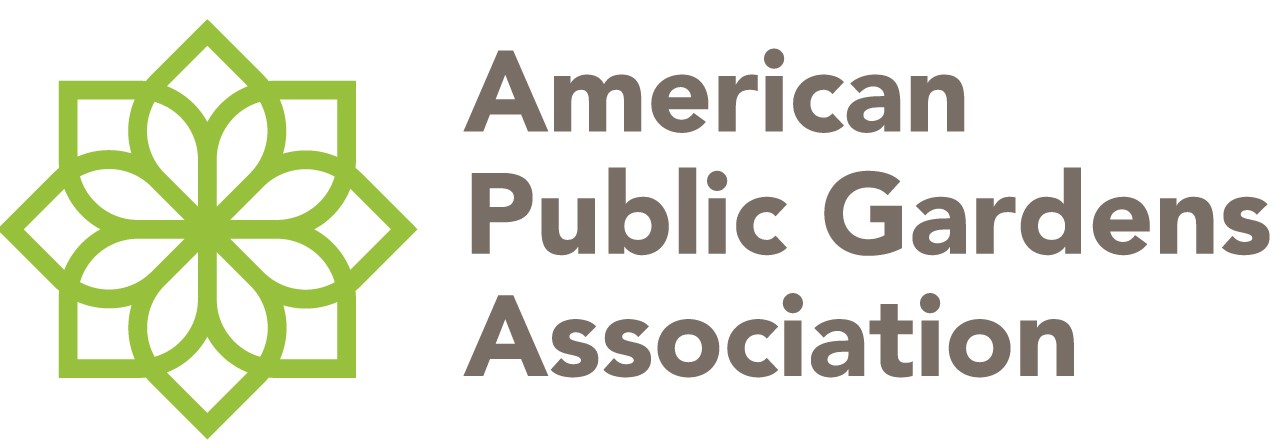The first two decades of the 21st Century have seen an exponential increase in the generation and mobilization of digital, specimen-based biodiversity data and turned natural history museums and biodiversity collections in academic institutions into major resources of conservation data. Led in the U.S. largely by the National Science Foundation’s Advancing Digitization of Biodiversity Collections (ADBC) initiative, more than 700 U.S. institutions in 50 states and two territories are digitizing their biodiversity collections and serving these data through iDigBio (Integrated Digitized Biocollections), the national coordinating center for digitization and data mobilization in the U.S. The iDigBio portal (https://www.idigbio.org/portal) now serves more than 110 million records representing 300-400 million specimens, and just over 24 million media records, the majority of which are 2D images. These resources expose previously difficult-to-access collections to wider audiences of conservation practitioners and provide access to the best biodiversity data in the modern era outside of nature itself. This webinar will focus on the brief history of data mobilization in the U.S., the data that are now available and accessible to conservation planners, and how these data can be employed in the implementation of conservation strategies. An overview of the iDigBio data portal will be included.
iDigBio: Using Digital Specimen Data in Biodiversity Conservation Planning and Implementation





